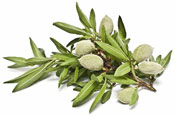Should You Use Ethephon in a Lean Price Year?
Posted on July 15, 2019 by Dani Lightle. Reposted on September 15, 2022 by Janine Hasey. Sure, you can harvest your walnuts this fall without application of any ethephon. Forgoing the ethephon application would save you material and spray costs. … Continue reading

